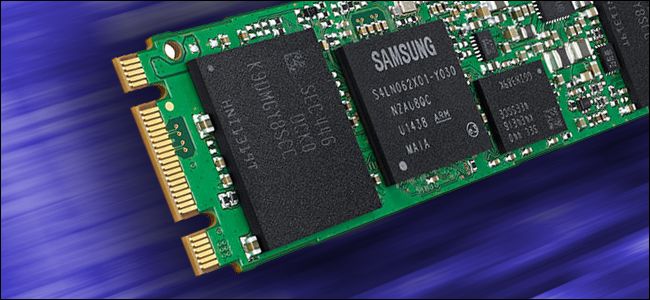
There’s a new open format sweeping the world of performance PCs, and it’s…well, complicated. The M.2 format is designed for manufacturers to replace a variety of specific devices, do it in a tiny space, and require very little power. But actually upgrading to an M.
2 drive or accessory requires a little forethought.Where Did M.2 Come From?
Formerly known as Next Generation Form Factor (NGFF), the M.2 format is technically a replacement for the mSATA standard, which was popular with manufacturers of super-compact laptops and other small gadgets. That may seem surprising, since most M.2 drives sold at retail are intended for use in full-sized desktops, but M.2 has effectively replaced mSATA hard drives and SSDs in compact laptops like Apple’s MacBook or Dell’s XPS 13. They’re simply sealed within the bodies and unable to be upgraded by most users.
What Can It Do?
M.2 is more than just an evolutionary form factor. Potentially, it could supersede the whole aging Serial ATA format altogether. M.2 is a slot that can interface with SATA 3.0 (the cable that’s probably connected to your desktop PC’s storage drive right now), PCI Express 3.0 (the default interface for graphics cards and other major expansion devices), and even USB 3.0.
That means that—potentially—any storage or disk drive, GPU or port expansion, or low-power gadget that uses a USB connection, could all be mounted on a card plugged into the M.2 slot at the same time. The reality is a little more complicated—for example, a single M.
2 slot only has four PCI Express lanes, a quarter of the total generally desired for graphics cards—but the flexibility for this tiny little slot is impressive.When using the PCI bus instead of the SATA bus, M.2 devices can transfer data at anywhere from 50% to approximately 650% faster than standard SATA, depending on the capabilities of the motherboard and the M.2 card itself. If you have the opportunity to use an M.2 SSD on a motherboard that supports PCI generation 3, it can be significantly faster than a regular SATA drive.
What Devices Use The M.2 Slot?
At the moment, M.2 is primarily used as an interface for super-fast SSDs, both on laptops and desktops. If you walk into a computer hardware store and ask for an M.2 drive—assuming you can find a retail computer store still in operation, of course—they’ll almost certainly show you an SSD with an M.2 connector.
Some laptop designs also use an M.2 port as their means of wireless connection, mounting tiny, low-powered cards that combine Wi-Fi and Bluetooth radios. This is less common for desktops, where the ease of a USB dongle or PCIe 1x card is preferred (though there’s no reason you couldn’t do it on a compatible motherboard).
Finally, some companies are starting to expand the use of the slot into categories that don’t broadly fit storage or expansion. While no one’s made…
The post What Is the M.2 Expansion Slot, and How Can I Use It? appeared first on FeedBox.